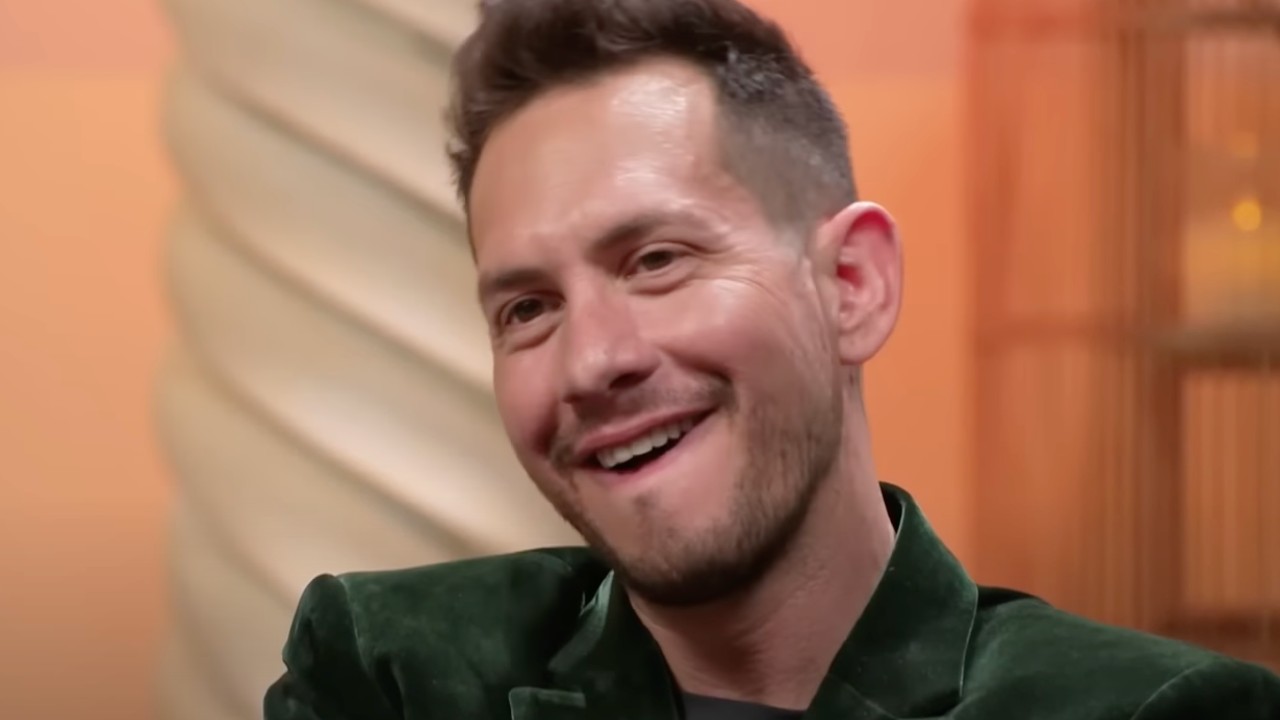Titanfall Beta: First Impressions

What do you get when you mix Mirror’s Edge, Mech Warrior, and the FPS genre together? Utter chaos, one would think. And yet Respawn’s Titanfall seems to be the successful marriage of all of these. Wall running and jumping, massive robots, and a fast-paced shooter have been blended together in a gorgeous narrative of strategic gameplay that never fails to lose speed.
In creating a new IP, Respawn was absurdly bright in that they didn’t pull as much from the traditional FPS games like Halo or Call of Duty as they did from other titles. The FPS genre, after all, has been losing its originality. The majority of the hype around the game itself is probably because people are growing tired of the incessant monotony of the same FPS formula that a new generation of consoles didn’t truly mitigate (or because of giant robots). But was all of the hype worth it?
After playing the beta, I would say it’s completely justified.
The game starts you off in the Hammond Pilot Training Simulator, which is the company that constructs the titans themselves. With an aesthetic akin to Portal, the simulator acts as a tutorial, walking you through sprinting and jumping, wall running, cloaking, and eventually combat. Instantly, this game feels different than the standard FPS—you don’t even start with a gun. Rather, you are immediately introduced to a myriad of parkour-like moves. The various forms of wall running are something that I later found out allow you to scale large buildings, jump on the back of both friendly and enemy titans, and swiftly get the upper ground. Immediately, this one small mechanic opens up a multitude of strategic possibilities in combat.
As you move through the tutorial you are introduced to basic pilot combat, including melee assassinations, arc grenades, and weapons like the Smart Pistol (locks onto multiple targets), the Anti-titan weapon, and the Carbine. Eventually you get to test your skills as a pilot against npcs in open world combat before moving onto the titan tutorial.
The titan is probably the most exciting element—hence the name of the game. Hammond calls the titan “…a natural extension of the pilot,” and rightfully so. Piloting the titan is extremely similar to controlling the pilot on foot. The tutorial covers how to dash and dodge enemy fire, use the vortex shield (collects enemy fire in a vortex and then return-fires to the enemy), collect enemy weapons, and eventually throws you into open world combat against multiple titans—a rather difficult portion, especially when two of the titans are carrying massive rockets.
After the tutorial it’s time to get into the action with Attrition, a simple team deathmatch. There is also Hardpoint Domination, which is capture the flag style game based around area control. Prior to the game beginning, you get to select your pilot and titan loadout, and then immediately start off on foot as a pilot. There is also an added AI element on each team called “grunts” who continuously spawn in groups and run a-muck amongst the field of battle in a rather intelligent fashion. After two minutes or so, it’s time for Titanfall. At this point, pilots (players) can drop their own titans and the AI picks up speed, spawning Specters that act as anti-titan units. This is when Titanfall shines, upping the pace of the game and creating a controlled chaos that would up the heart rate of even the most stoic of souls. There where points in Attrition where I forgot I was playing an FPS game.
CINEMABLEND NEWSLETTER
Your Daily Blend of Entertainment News
I was too busy parkouring around corners and latching onto enemy titans, killing them by shooting their power cores and then watching them explode as I made my way to the next red arrow on the mini-map. I was having too much fun scouting the beautiful map on the shoulders of my titan as it guarded an area or piloting it (I call my Titan buddy) around corners, and using the vortex shield to take enemy titan fire and re-fire it at pilots or grunt. In short, it was an absurdly refreshing rush that was never bereft of excitement. Even at the end of the match, there is still a task to be done—while the losing team has the opportunity to gain points by retreating to a dropship, the winning team can rob them of those points by killing them before they get there—yet again, another dynamic aspect in an already highly variant title.
More than anything, I think I am in awe of how balanced the gameplay of Titanfall is. In a game with mechs, you’d think that they would be the ones to dominate the battle field—however, taking out a titan as a pilot can sometimes be as simple as jumping on their back or using the anti-titan weapon and dodging incoming fire. Sometimes it can be even more effective to approach taking out a titan as a pilot rather than with another titan itself. It ultimately comes down to the pilot and titan loadouts. And this is why I love this game so far. It is bold in its influences, swift in its play-style, and both dynamic and balanced in its strategy. All in all, Respawn seems to have captured the essence of what the FPS genre needs—novelty.
Tim Allen Pulled Home Improvement From His Own Experiences. One Way Shifting Gears’ Matt Parker Is Different
Hayden Christensen And Rosario Dawson Reunite During The Ahsoka Panel At Star Wars Celebration Japan 2025 - Live Blog
After Law And Order: Organized Crime Reunited Benson And Stabler, Dean Norris Credits Chris Meloni For 'The Most Unsexy Pickup Line You Can Imagine'









